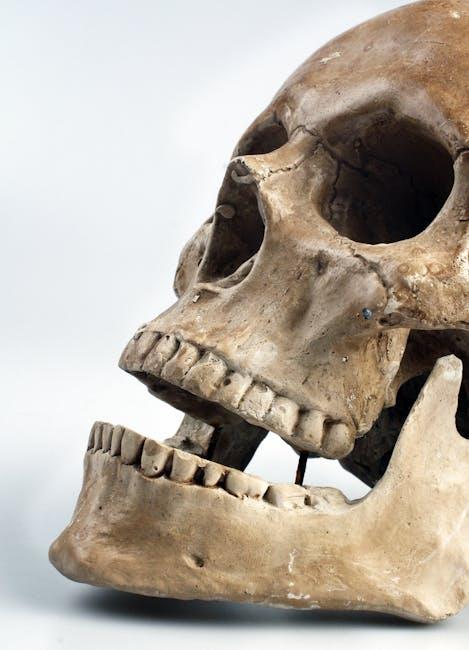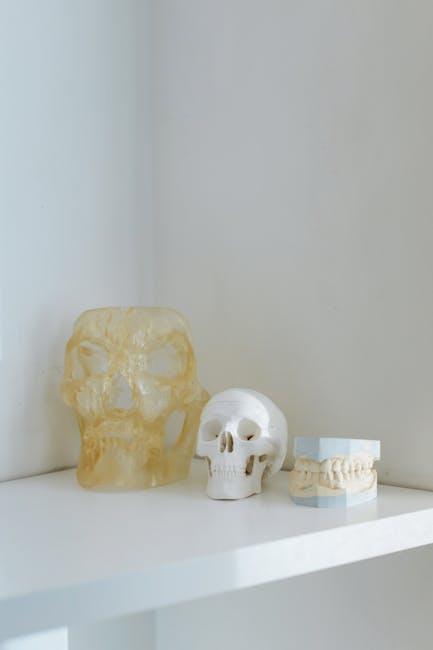
Dental Bone Graft and Substitutes Market to Hit USD 1,098.48 million by 2031 | Global Outlook & Forecast at 7.21% CAGR | The Insight Partners
If you’ve ever considered dental implants or driven curious about advancements in oral healthcare, the dental bone graft and substitutes industry is rapidly evolving and gaining momentum worldwide. According to The Insight Partners, this critical market is expected to reach a staggering USD 1,098.48 million by 2031, growing with a solid Compound Annual Growth Rate (CAGR) of 7.21%. In this article, we’ll delve into what this means, the factors driving growth, and how this market reshapes dental reconstruction and implantology.
What is a Dental Bone Graft and Why is it Important?
Dental bone grafting is a surgical procedure that replaces missing or damaged bone in the jaw. This is essential for patients needing dental implants but lacking sufficient natural bone structure to support the implant. Bone grafts promote bone regeneration, enabling dentists to restore oral function, aesthetics, and jaw stability effectively.
Types of Dental Bone Grafts and Substitutes
- Autografts: Bone harvested from the patient’s own body (e.g., chin, hip). This method boasts high compatibility and minimal rejection risk.
- Allografts: Donor bone sourced from a different human, typically from bone banks, sterilized to remove immunogenic components.
- Xenografts: Animal-derived bone, commonly from bovine sources, used to support bone regeneration.
- Alloplasts: Synthetic bone substitutes made from bioactive materials like hydroxyapatite, excellent for biocompatibility and scaffold support.
Dental Bone Graft and Substitutes Market: Key Trends and Drivers
The market trajectory, as outlined by The Insight Partners, highlights several compelling factors fueling this growth:
- Rising Prevalence of Dental Diseases: Conditions such as periodontitis and tooth loss require advanced restorative solutions.
- Growing Demand for Dental Implants: Increasing patient awareness and preference over traditional dentures elevate demand for reliable bone graft substitutes.
- Technological Advancements: Innovations in biomaterials and regenerative techniques boost the efficacy and safety of grafts.
- Expanding Geriatric Population: Aging populations across the globe often face bone density challenges, propelling market need.
- Minimally Invasive Procedures: Surgeries that cause less discomfort and faster recovery drive patient acceptance and adoption.
Market Forecast Overview
| Parameter | Value |
|---|---|
| Market Size (2023) | Approx. USD 530 million |
| Projected Market Size (2031) | USD 1,098.48 million |
| Compound Annual Growth Rate (CAGR) | 7.21% |
| Key Regions Driving Growth | North America, Europe, Asia-Pacific |
| Leading Industry Players | Zimmer Biomet, Medtronic, Geistlich Pharma |
Benefits of Using Dental Bone Grafts and Substitutes
Understanding why dental bone grafting is becoming a standard in oral care is crucial for patients and dental professionals alike. Here are the key benefits:
- Improved Implant Success: Stronger bone foundation enhances implant anchorage and longevity.
- Accelerated Healing: Modern bone substitutes encourage faster bone regeneration and recovery.
- Reduced Morbidity: Synthetic and donor grafts limit the need for additional surgery to harvest bone.
- Enhanced Aesthetic Outcomes: Restored jaw contour supports natural tooth alignment and smile aesthetics.
- Minimally Invasive Options: Less painful and faster operative techniques improve patient comfort.
Practical Tips When Considering Dental Bone Grafts
Before undergoing a dental bone graft, patients should keep these practical tips in mind for optimal results:
- Consult Experienced Specialists: Seek dentists or oral surgeons with extensive grafting experience.
- Understand Your Graft Options: Discuss pros and cons of autografts, allografts, and synthetic substitutes tailored to your case.
- Maintain Oral Hygiene: Proper cleaning is essential before and after the procedure to prevent infection.
- Follow Post-Op Instructions Closely: Adhere to dietary restrictions, avoid smoking, and take prescribed medications.
- Discuss Allergies or Medical Conditions: Inform your dentist about any health issues that may affect healing.
Case Study: Successful Dental Bone Grafting Treatment
Emily, a 55-year-old patient from Chicago, sought dental implants after losing a molar due to periodontal disease. Her initial consultation revealed insufficient jawbone volume. After opting for an allograft bone graft procedure, Emily’s recovery was smooth and within six months she received her dental implant successfully. The robust bone regeneration allowed natural implant integration, restoring her chewing function and confidence.
The Future Outlook: Innovations to Watch
The dental bone graft and substitutes market is set for transformative innovations with biotechnology and material sciences leading the way:
- Stem Cell-Based Regenerative Grafting: Utilizing stem cells to enhance natural bone regeneration is gaining traction.
- 3D Printed Bone Scaffolds: Customized grafts designed with 3D printing can match patient anatomy perfectly.
- Bioactive Molecules: Growth factors integrated into grafts accelerate healing and bone formation.
Conclusion
The dental bone graft and substitutes market is on a strong upward trajectory, expected to double by 2031 with a CAGR of 7.21%, cementing its role as a cornerstone in dental implantology and oral restoration. The combination of increasing dental health awareness, technological advancements, and aging population needs propels this growth. Whether you’re a patient contemplating implants or a dental professional exploring the latest trends, understanding this market’s scope and benefits can make a significant difference in treatment success and patient quality of life.
Stay informed with the latest market insights from The Insight Partners and embrace dental innovations that promise a healthier smile for all.


